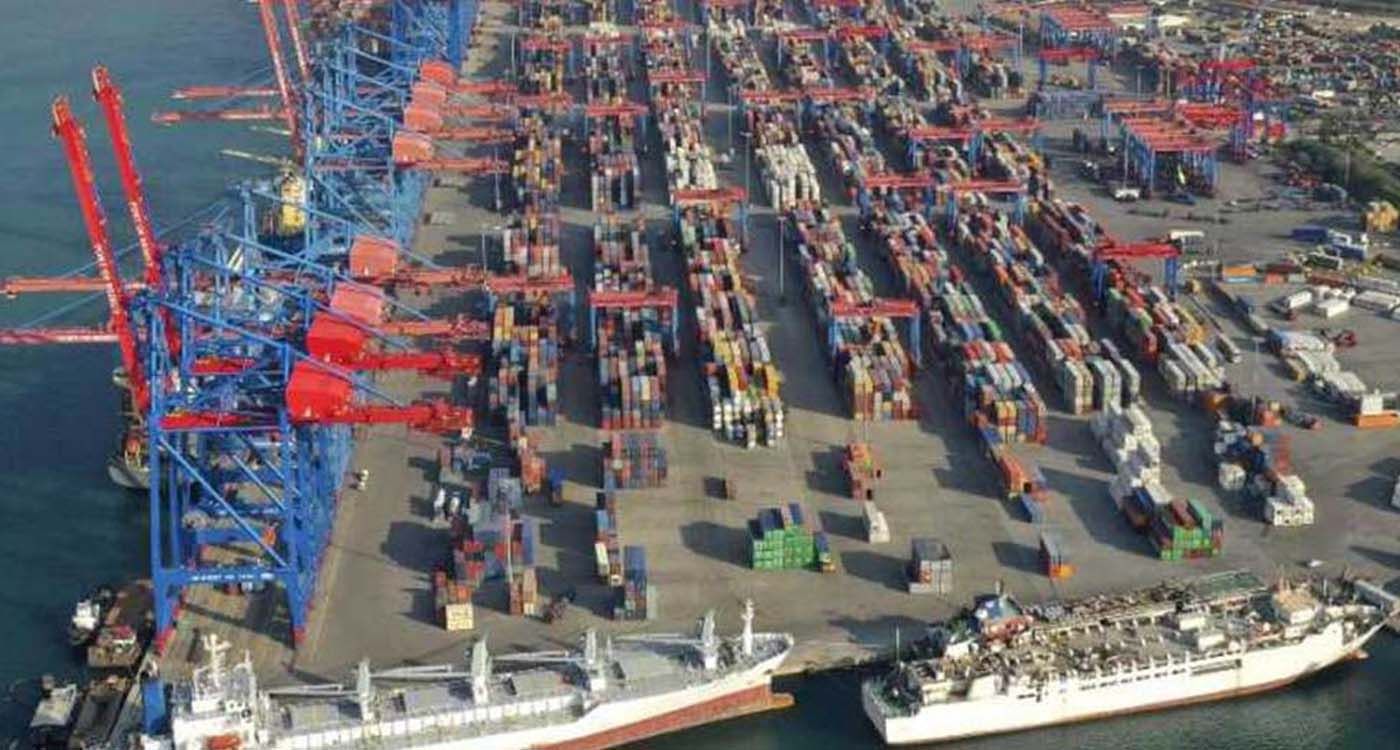
Five years after the explosion that devastated the Lebanese capital, where does the Port of Beirut stand today? As Syria regains its appeal for international investors, Lebanon risks losing its strategic foothold in regional trade. Can Beirut’s port still play it right? Is it prepared to face the competition?
The Levant’s maritime landscape is rapidly shifting. Since the easing of Western sanctions on Syria, investors have flocked to its shores. Emirati logistics giant DP World has launched an $800 million investment plan to modernize Tartus port. Meanwhile, CMA CGM is investing $262 million in Lattakia, and China is expanding its footprint in Syria’s free zones.
As capital flows shift and Damascus regains momentum, Lebanon finds itself at a crossroads. The Lebanese state’s recovery remains sluggish, and international support appears to be redirecting toward Syria. Is Beirut’s port on the verge of being sidelined?
Beirut’s Key Advantages
Hold your horses. Beirut still holds powerful cards. Its quay 16 offers a rare 16-meter depth, and its geographic position remains highly strategic. Chief among its assets is its proximity to Syria, along with existing transport agreements with key neighbors like Iraq and Jordan.
With Syria’s reconstruction expected to generate massive demand, local infrastructure could soon reach its limits. Beirut’s port could step in as a vital logistical alternative, relieving congestion in Tartus and Lattakia and serving as a regional transshipment hub.
The port’s partnership with CMA CGM is also gaining momentum. For the past three years, the French company has overseen maintenance, with tangible results: the container terminal is operating at full capacity. Its throughput could be expanded should new maritime routes emerge.
On the security front, Beirut is stepping up. A long-delayed container scanner, idled for over 18 months, is finally entering operation. Funded by CMA CGM in exchange for 25 to 30% of the customs revenue it helps generate, the scanner will be rolled out at Tripoli and other entry points. From now on, all inbound and outbound containers will be inspected.
Beirut Port: A Record of 100,000 TEUs in July
In July, Beirut Port hit a new milestone by processing nearly 100,000 TEUs (twenty-foot equivalent units), a 39% increase from the same period last year, according to the port authority. This marks the highest level of activity since 2019 and confirms the port’s resurgence in the Eastern Mediterranean.
Behind this performance lies a clear ambition to reinvent the port and not just rebuild it after the August 4, 2020 explosion. For CEO and General Manager Omar Itani, the goal isn’t to merely restore what was lost but to redefine the port’s role within a broader maritime economic ecosystem. A master plan, developed with French experts, has been finalized, and tender specifications are ready for an upcoming bid. The project aims to shape the port’s identity for the next decade.
Today, with rubble cleared and operations restored, Beirut Port is once again running at full throttle. Since 2022, all services, from transshipment and general freight to grain storage and handling, have resumed.




Comments